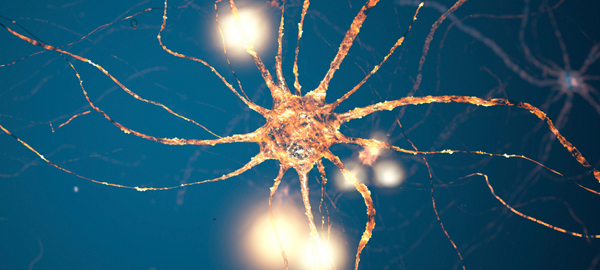Test Detects Early Brain Damage in Football Players
BEER-SHEVA, ISRAEL, November 24 , 2014 – A new, enhanced MRI diagnostic approach was, for the first time, able to identify significant damage to the blood-brain barrier (BBB) of professional football players following “unreported” trauma or mild concussions. Published in the current issue of JAMA Neurology, this study could improve decision making on when an athlete should “return to play.”
According to Prof. Alon Friedman, from the Ben-Gurion University ![]() Brain Imaging Research Center and discoverer of the new diagnostic, “until now, there wasn’t a diagnostic capability to identify mild brain injury early after the trauma. In the NFL, other professional sports and especially school sports, concern has grown about the long-term neuropsychiatric consequences of repeated mild Traumatic Brain Injury (mTBI) and specifically sports-related concussive and sub-concussive head impacts.”
Brain Imaging Research Center and discoverer of the new diagnostic, “until now, there wasn’t a diagnostic capability to identify mild brain injury early after the trauma. In the NFL, other professional sports and especially school sports, concern has grown about the long-term neuropsychiatric consequences of repeated mild Traumatic Brain Injury (mTBI) and specifically sports-related concussive and sub-concussive head impacts.”
The paper, published by researchers at Ben-Gurion University of the Negev (BGU) and Soroka University Medical Center, describes a new diagnostic approach using Magnetic Resonance Imaging (MRI) for detection and localization of vascular pathology and blood-brain barrier breakdown in football players.
“The goal of our study was to use our new method to visualize the extent and location of BBB dysfunction in football players using Dynamic Contrast-Enhanced Magnetic Resonance Imaging (DCE-MRI) on a Phillips 3-T Ingenia. Specifically, it generates more detailed brain maps showing brain regions with abnormal vasculature, or a ‘leaky BBB.’ ”
Study participants included 16 football players from Israel’s professional football team, Black Swarm, as well as 13 track and field athletes from Ben-Gurion University who served as controls. All underwent the newly developed MRI-based diagnostic.
The DCE-MRIs were given between games during the season and revealed significant damage.
Forty percent of the examined football players with unreported concussions had evidence of “leaky BBB” compared to 8.3 percent of the control athletes
“The group of 29 volunteers was clearly differentiated into an intact-BBB group and a pathological-BBB group,” Friedman explains. “This showed a clear association between football and increased risk for BBB pathology that we couldn’t see before. In addition, high-BBB permeability was found in six players and in only one athlete from the control group.”
Friedman also explains that not all the players showed pathology. This indicates that repeated, mild concussive events might impact some players differently than others. This level of diagnosis of individual players can provide the basis of more rational decision making on “return to play” for professionals as well amateurs of any age.
“Generally, players return to the game long before the brain’s physical healing is complete, which could exacerbate the possibility of brain damage later in life,” says Friedman.
A decade of research in the BGU Laboratory for Experimental Neurosurgery has shown that vascular pathology, and specifically dysfunction of the blood-brain barrier (BBB), plays a key role in brain dysfunction and degeneration, and may be an underlying cause of neurodegenerative complications after brain injuries.
The BBB is a highly selective permeable membrane that separates circulating blood from extracellular fluid. It protects the brain by preventing many dangerous substances from penetrating, and therefore is not meant to be damaged.
Medical researchers, including Friedman’s group at BGU, are working to find ways to find drugs that will target the BBB and facilitate its repair, allowing for the prevention of Alzheimer’s disease and other brain-related disease.
“Prof. Friedman has been able to conduct this breakthrough brain research using the state-of-the-art MRI machine donated as a result of contributions from American Associates, Ben-Gurion University of the Negev (AABGU),” explains Doron Krakow, AABGU executive vice president. “We believe that with continued support, Prof. Friedman and the DCE-MRI can help render more accurate and informed decisions by athletes and others exposed to mild concussions about when to resume activities.”
Other members of the research team include BGU Ph.D. candidates Itai Weissberg and Ronel Veksler, who developed the new imaging method. Lyn Kamintsky, Rotem Saar-Ashkenazy and Dan Z. Milkovsky conducted the study. Dr. Ilan Shelef, BGU lecturer and a member of the Department of Medical Imaging at Soroka University Medical Center also contributed.
This study was supported by the European Union’s Seventh Framework Program (FP7/2007-2013; grant agreement 602102, EPITARGET to Dr. Friedman) and the Israel Science Foundation (grant 713/11 to Dr. Friedman).
EUROPE - NEWS
What's new in Health and Life Sciences? ![]() Click here for news from the European Commission.
Click here for news from the European Commission.








